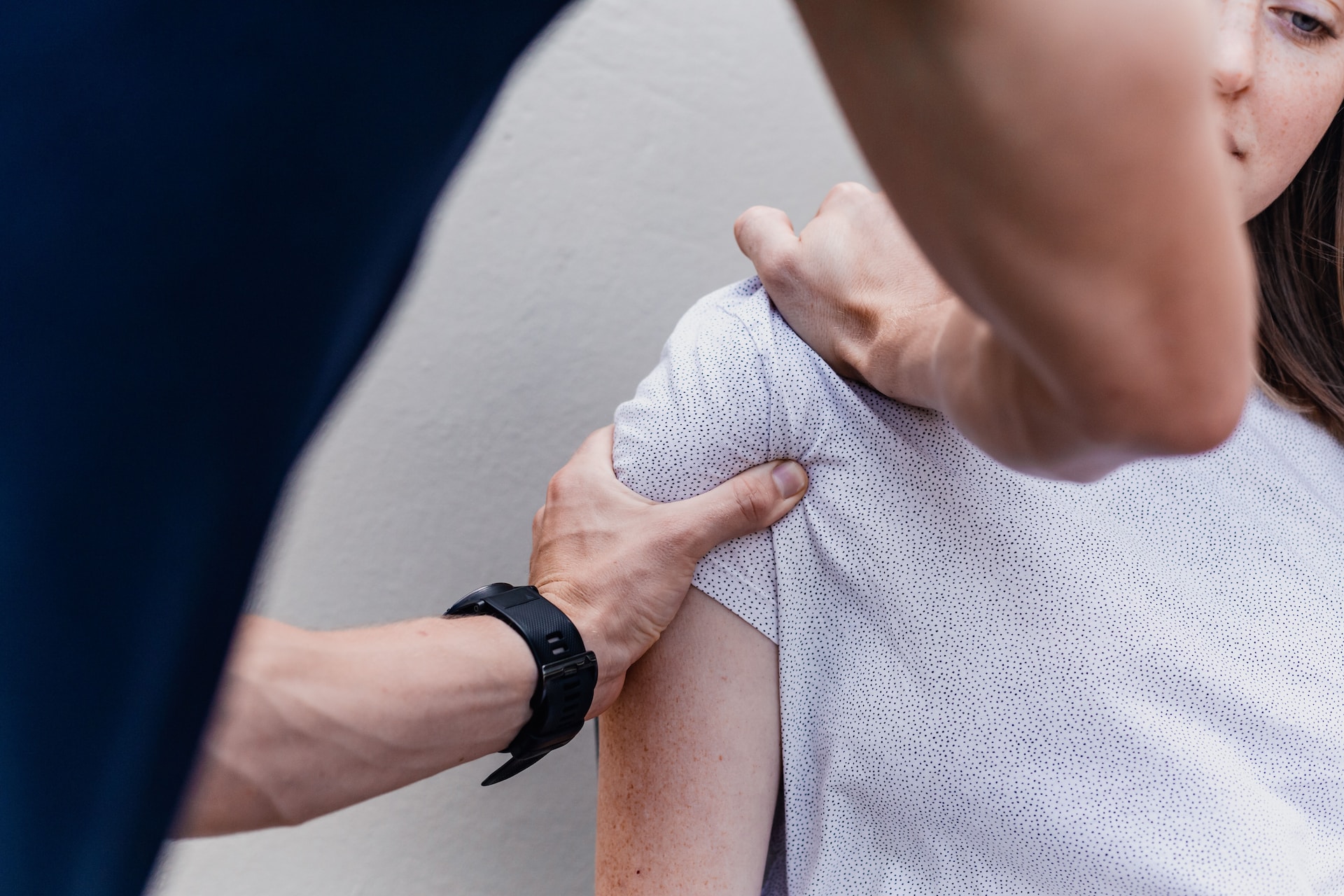In the world of massage and manual therapy, different techniques can often be mistaken for one another, or assumed to be the same thing. In this article, Breeze Academy takes a look into whether or not soft tissue mobilisation is indeed the same as massage therapy. We also explore the benefits and various techniques behind each.
So, is soft tissue mobilisation the same as massage? Whilst not strictly the same, soft tissue mobilisation and massage therapy are very similar. The key difference is that soft tissue mobilisation is more clinical and closer related to healthcare than massage. Both are a part of the same manual therapy family and use similar techniques to achieve similar benefits.
Read on to learn more about soft tissue mobilisation, massage therapy, and how they differ.
Are Soft Tissue Mobilisation and Massage the Same Thing?
Whilst similar on the surface, soft tissue mobilisation is more of a clinical treatment aimed at restoring normal function to affected areas. Massage is typically aimed at working out stress in the body, relieving aches and pains, and relaxation. Although, this depends on the type of massage used - different techniques are used for different purposes.
Some argue that soft tissue mobilisation is a form of manual therapy, of which massage is also a form of. Experts explain that Swedish Massage and Deep Tissue Massage are two of the most useful soft tissue mobilisation techniques available.
In short, soft tissue mobilisation and massage are simply different forms of the same type of treatment, with one having more clinical applications. But, let’s go into more detail about each form to really understand their similarities and differences.
What is Soft Tissue Mobilisation?
Soft tissue mobilisation is a form of manual therapy aimed at restoring function. The therapy puts direct physical action on the muscles, nerves, tendons, ligaments, cartilages, fascia, synovial membranes and blood vessels.
Like traditional massage, this helps to relieve aches and pains, but may also cure conditions such as:
- Strains
- Sprains
- Tendon injuries
- Contusions
- Other connective tissue injuries
Benefits of Soft Tissue Mobilisation
Research into soft tissue mobilisation is limited, however, experts believe that it has the potential to provide the following benefits to patients:
- Relax tense muscles
- Stretch or lengthen fascia
- Reduce scar tissue
- Increase blood circulation
- Reduce joint pain
- Improve flexibility and range of motion
- Relieves muscle tension
Soft Tissue Mobilisation Techniques
A trained Physiotherapist or Massage Therapist will use the following soft tissue mobilisation techniques to help resolve or manage a condition:
- Sustained pressure - pushing directly on the restricted tissue with pressure and holding the position
- Unlocking spiral - pushing on the restricted tissue in alternating clockwise/anti-clockwise rotating motions
- Direct oscillations - rhythmic pushing on the restricted tissue
- Perpendicular mobilisation - pushing on the myofascial tissue at right angles
- Parallel mobilisation - pushing along the seams of the muscle
- Perpendicular strumming - rhythmic pushing along the muscle border followed by rubbing the top of the muscle
- Friction massage - pushing across the grain of the muscles, tendons and ligaments
Learn more about soft tissue mobilisation and its various techniques in our recent blog, What are the Different Types of Soft Tissue Mobilisation?
What is Massage?
Massage is a great tool for relaxation, pain relief, easing muscle tension and more. It is a form of manual therapy that involves using different pressures, movements and techniques to manipulate the muscles and other soft tissue in the body.
Often, the goal of massage therapy is to slow down the nervous system in order to release stress and tension, as well as to provide relief from symptoms, heal injuries, relieve aches and pains, and to support wellness.
Benefits of Massage
Beyond relieving aches and pains, massage has a number of health benefits. These include:
- Reduces stress and anxiety
- Improves sleep
- Lessens muscle tension
- Improves immune function
- Relieves constipation
- Relieves the symptoms of a number of conditions
Massage Techniques
There are a number of different types of massage therapy and within those a variety of massage techniques. Below you’ll find information about a range of common massage types.
- Swedish massage - the classic go-to massage for a relaxing massage. It is typically a full body massage that uses a gentle touch to aid rest and relaxation.
- Deep tissue massage - this type of massage is aimed at people with injuries, muscle tightness or chronic muscle pain. It’s a deep massage that really gets into the muscles.
- Sports massage - similar to a deep tissue massage, a sports massage focuses on the muscles that take a beating during activity. This type of massage breaks up muscle tightness and addresses sport-specific injuries.
- Trigger point massage - trigger point massage targets muscle knots - a tiny muscle spasm or tight spot.
- Myofascial release - the Massage Therapist kneads and stretches the muscles and fascia to work out tension and tightness. It’s a form of deep stretching for opening up tightness.
Final Thoughts
Whilst not strictly the same thing, soft tissue mobilisation and massage therapy does have a lot of overlap. Both are part of the same overarching therapy, manual therapy. The key difference between the two is that soft tissue mobilisation is considered to be more clinical than massage.
That’s not to say that massage is any less effective than soft tissue mobilisation. It’s all about choosing the right therapy for your needs, or your patient’s needs.
If you’d like to learn more about massage therapy and how it can benefit a range of conditions, take a look at our Level 3 and Level 4 Massage Therapy courses. With Breeze academy, you’ll learn everything you need to safely and confidently provide effective massage therapy.
